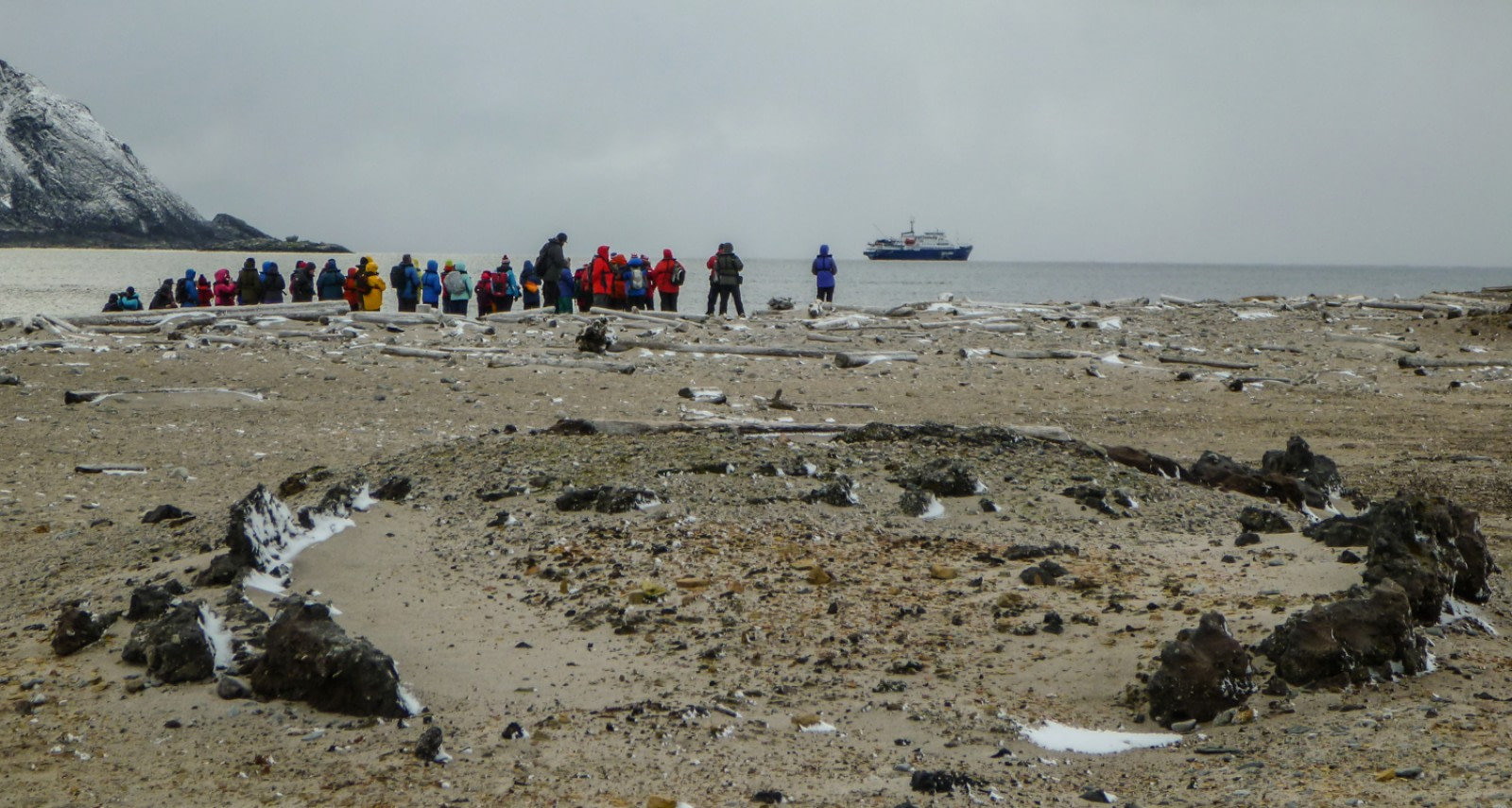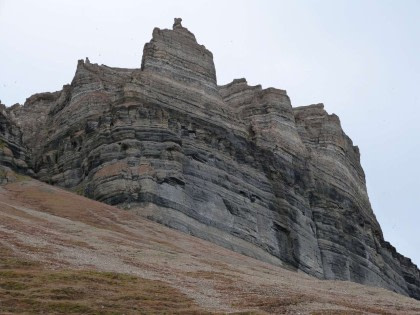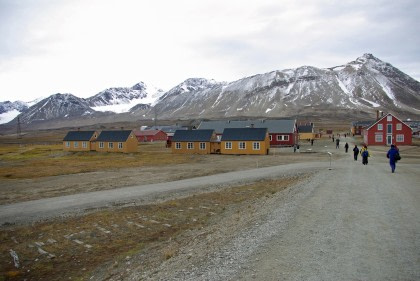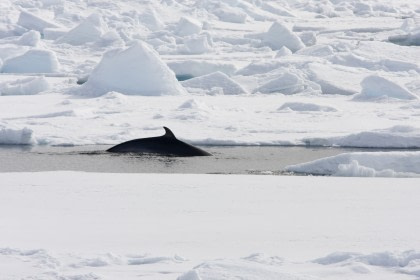What the blubber ovens are (and were)
One of the most conspicuous artifacts from the heyday of the historic Svalbard whaling period are the blubber ovens. Built by primarily Dutch and British whalers in the first half of the 17th century, these large circles of blackened rubble are the remains of cooking zones once used for rendering oil from the fat of hunted whales.
Blubber oven basics
The crumbled rings of the blubber ovens are actually made up of “blubber cement,” an asphalt-like substance that accumulated during the cooking process and is made up of sand, gravel, and spilled blubber. Also present at some of the ovens are bricks from tryworks, which were furnaces attached to the decks of whaling ships that were also used for refining the blubber into sellable oil.

Where you may see the blubber ovens
Local weather and wildlife conditions will determine exactly where we’ll see the blubber ovens, but generally we seek them around the northwest corner of Spitsbergen. If that is not possible, we will try to see the chiefly British blubber ovens located in the south. The fjord of Hornsund or the abandoned whaling town of Smeerenburg, translating literally to “blubber town,” are good areas to see the ovens, assuming conditions permit a landing.








